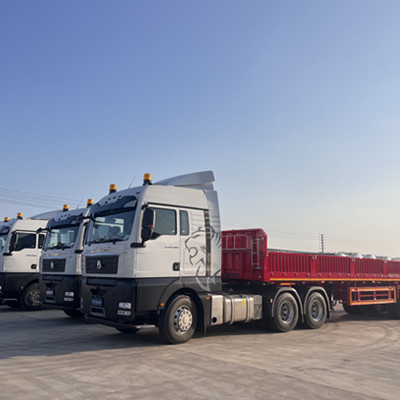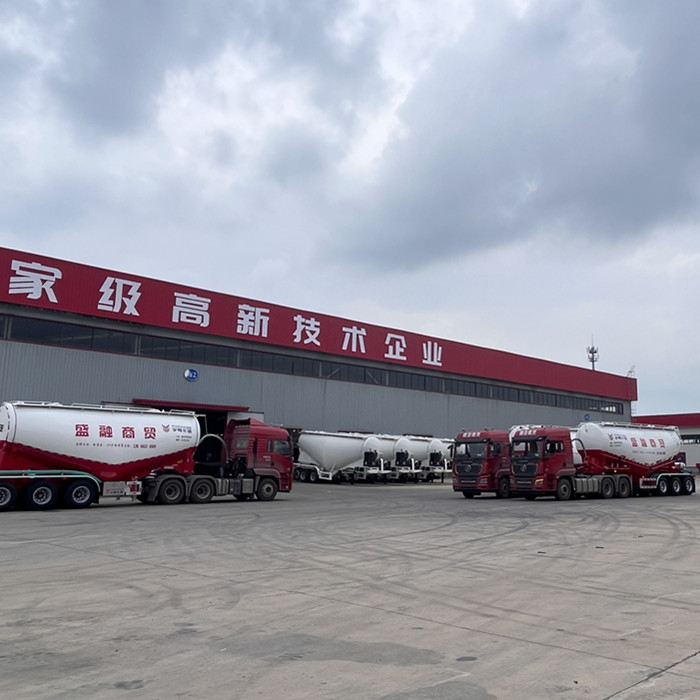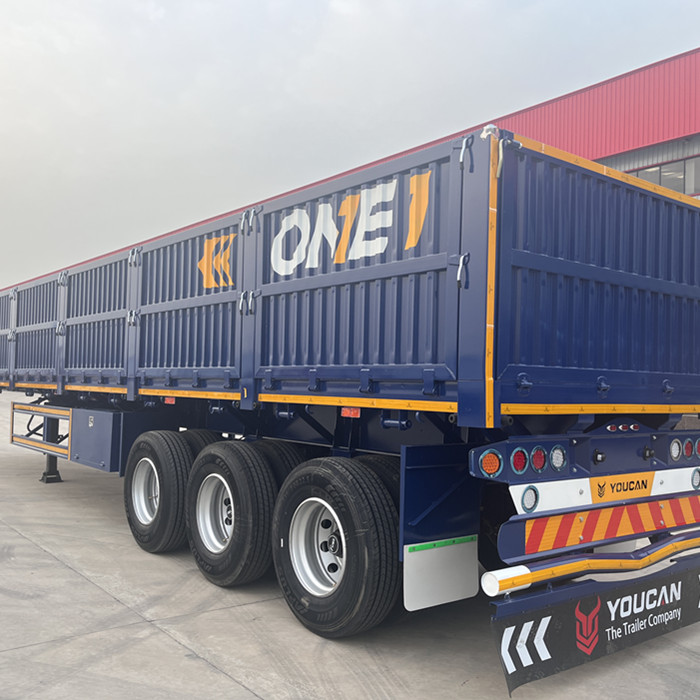What should be paid attention to when driving in strong wind
When driving against the wind, you should pay attention to sudden changes in wind direction or large curvature of the road. A sudden decrease in wind resistance will cause a sudden increase in vehicle speed. When driving, pedestrians should be prevented from suddenly running to the other side of the road when the vehicle is approaching, so as to prevent the vehicle from raising dust.

Next, let's take a look at driving skills in windy weather.
When driving in windy weather, you must pay special attention to wind direction, wind speed, whether there are sandstorms, etc., to drive safely. Here are some good suggestions to share with you.
When driving in strong winds, you should properly slow down the speed, correctly identify the wind direction, hold the steering wheel tightly, and prevent the vehicle from deviating from the driving route due to the wind. Pay attention to the lateral stability of the vehicle, minimize overtaking, and extend the time appropriately when honking the horn.
When driving against the wind, you should pay attention to sudden changes in wind direction or large curvature of the road. A sudden decrease in wind resistance will cause a sudden increase in vehicle speed. When driving, pedestrians should be prevented from suddenly running to the other side of the road when the vehicle is approaching, so as to prevent the vehicle from raising dust.
When turning in windy and sandy weather, the small headlights should be turned on and the horn should be honked frequently to attract the attention of pedestrians and vehicles. Drive slowly and be ready to brake and stop at any time.
When driving at night on a windy day, you should use anti-glare low-beam lights instead of high-beam lights to avoid glare from the light curtain and affect vision.
When the wind and sand are particularly strong, the car should be parked on the windward side of the road, with the front of the car facing the wind and sand, and the shutters half closed, so as to prevent the fine sand from being sucked into the cylinder by the engine and accelerate the wear of the parts.
Cargo-carrying vehicles should fasten the tarpaulin on the vehicle and fix the goods on the vehicle; when loading light and large-scale materials, they should stop to avoid the wind and rain, so as to prevent the vehicle from being blown away by the wind and rain and deviate from the normal driving route.
Precautions
1. When following a car on a dusty road, pay attention to keeping a safe distance between cars to prevent the dust raised by the car in front from blocking your vision.
2. Bicycles, tricycles, motorcycles, etc. are less stable under the action of wind, and the safety distance should be increased when encountering each other.
3. When driving in the rock pile area in windy weather, you should pay attention to the fact that small stones often roll onto the road surface, causing harm to people and vehicles.
4. The abnormal climate in the desert area makes it difficult to drive, which will also cause damage to vehicle parts and goods. To keep abreast of the local weather conditions, choose a good driving route and time.

 WhatsApp
WhatsApp
 sales@youcantrailer.com
sales@youcantrailer.com
 +8615203709888
+8615203709888


